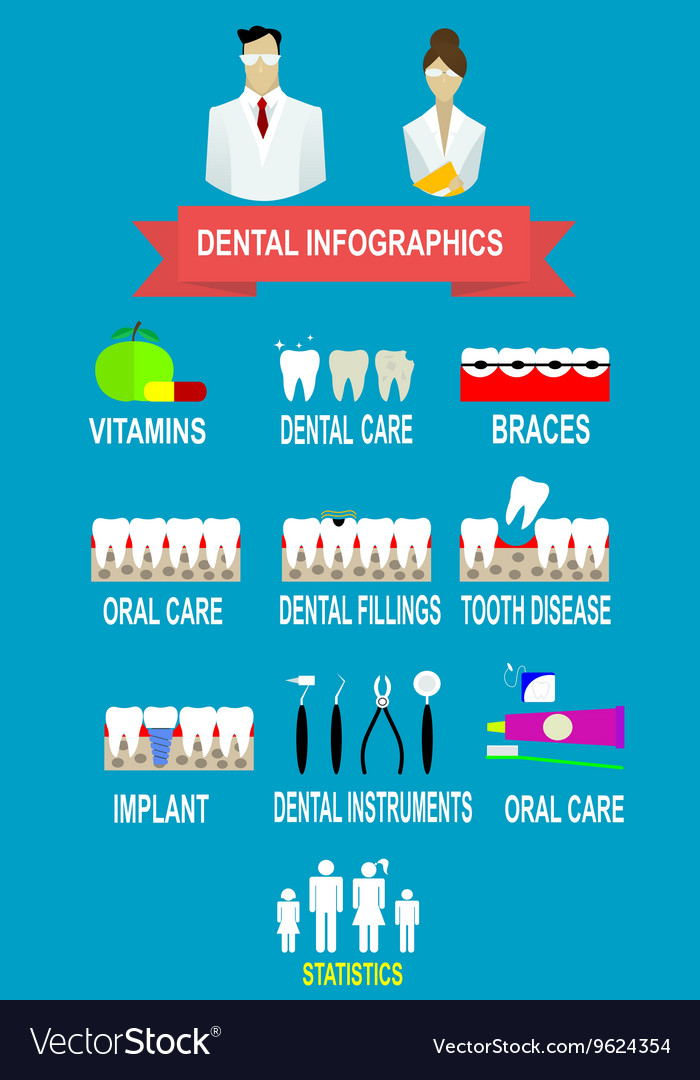Welcome to the globe of oral surgery, where developments and advances are shaping the future of the field! In this exciting realm, you'll witness the transformative power of robotics, the cutting-edge marvel of 3D printing, and the game-changing influence of minimally intrusive methods.
https://emptylighthouse.com/wisdomteeth-video-giant-leap-womankind-hilarious-afv-we-have-gas-spaceship-810599498 of oral surgery holds a guarantee of accuracy, efficiency, and improved client outcomes. With the help of sophisticated robotics, surgeons have the ability to carry out complicated procedures with higher precision and control.
3D printing technology is changing the creation of oral implants and prosthetics, using customized remedies that fit effortlessly right into each person's distinct composition.
Additionally, minimally invasive techniques are decreasing post-operative discomfort and recovery time, permitting individuals to return to their every day lives quicker.
Get ready to explore the amazing advancements and breakthroughs that are reshaping the landscape of dental surgery!
Developments in Robotics
One significant advancement in oral surgery is using robotic innovation, which permits exact and effective surgical procedures. With the help of robotic systems, oral specialists have the capacity to do intricate surgeries with improved accuracy, decreasing the risk of human error.
These robot systems are outfitted with advanced imaging technology and accurate tools that allow doctors to navigate via detailed physiological structures with ease. By making use of robot technology, cosmetic surgeons can accomplish better medical precision, leading to boosted individual results and faster recuperation times.
In addition, the use of robotics in oral surgery permits minimally invasive procedures, lowering the injury to surrounding tissues and promoting faster recovery.
3D Printing in Oral Surgery
To enhance the field of dental surgery, you can explore the subtopic of 3D printing in oral surgery. This innovative innovation has the potential to reinvent the way dental specialists run and treat people. Below are 4 vital methods which 3D printing is shaping the area:
- ** Custom-made Surgical Guides **: 3D printing permits the creation of extremely exact and patient-specific medical guides, enhancing the precision and performance of procedures.
- ** Implant Prosthetics **: With 3D printing, dental surgeons can produce customized implant prosthetics that perfectly fit a client's distinct makeup, resulting in far better end results and client complete satisfaction.
- ** Bone Grafting **: 3D printing allows the manufacturing of patient-specific bone grafts, reducing the requirement for traditional implanting techniques and boosting recovery and recuperation time.
- ** Education and learning and Training **: 3D printing can be used to create practical surgical designs for academic purposes, permitting dental cosmetic surgeons to exercise intricate treatments before performing them on people.
With simply click the following internet page to enhance accuracy, personalization, and training, 3D printing is an interesting advancement in the field of oral surgery.
Minimally Intrusive Techniques
To further advance the field of dental surgery, embrace the capacity of minimally intrusive methods that can considerably profit both cosmetic surgeons and people alike.
Minimally intrusive techniques are reinventing the area by lowering medical trauma, decreasing post-operative discomfort, and speeding up the recovery process. These methods involve using smaller sized incisions and specialized tools to do treatments with accuracy and performance.
By utilizing advanced imaging modern technology, such as cone light beam computed tomography (CBCT), surgeons can precisely prepare and carry out surgical treatments with very little invasiveness.
Additionally, making use of lasers in dental surgery allows for specific cells cutting and coagulation, leading to lessened bleeding and lowered recovery time.
With minimally invasive strategies, patients can experience quicker recovery, decreased scarring, and enhanced results, making it an important facet of the future of dental surgery.
Verdict
So, as you can see, the future of oral surgery is extremely encouraging, with interesting advancements and developments forming the field.
From the improvements in robotics to using 3D printing and minimally invasive strategies, dental surgeons are revolutionizing the way they provide care.
While some might stress over the prospective expense related to these innovations, it is very important to remember that these modern technologies inevitably boost individual outcomes and lower recuperation time, making them well worth the investment in the future.
